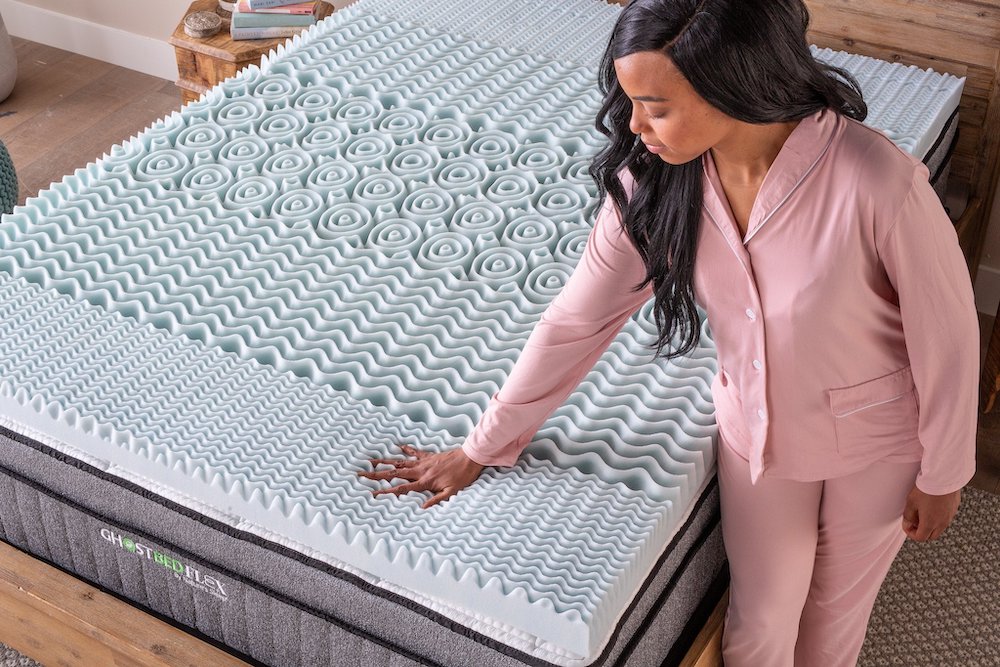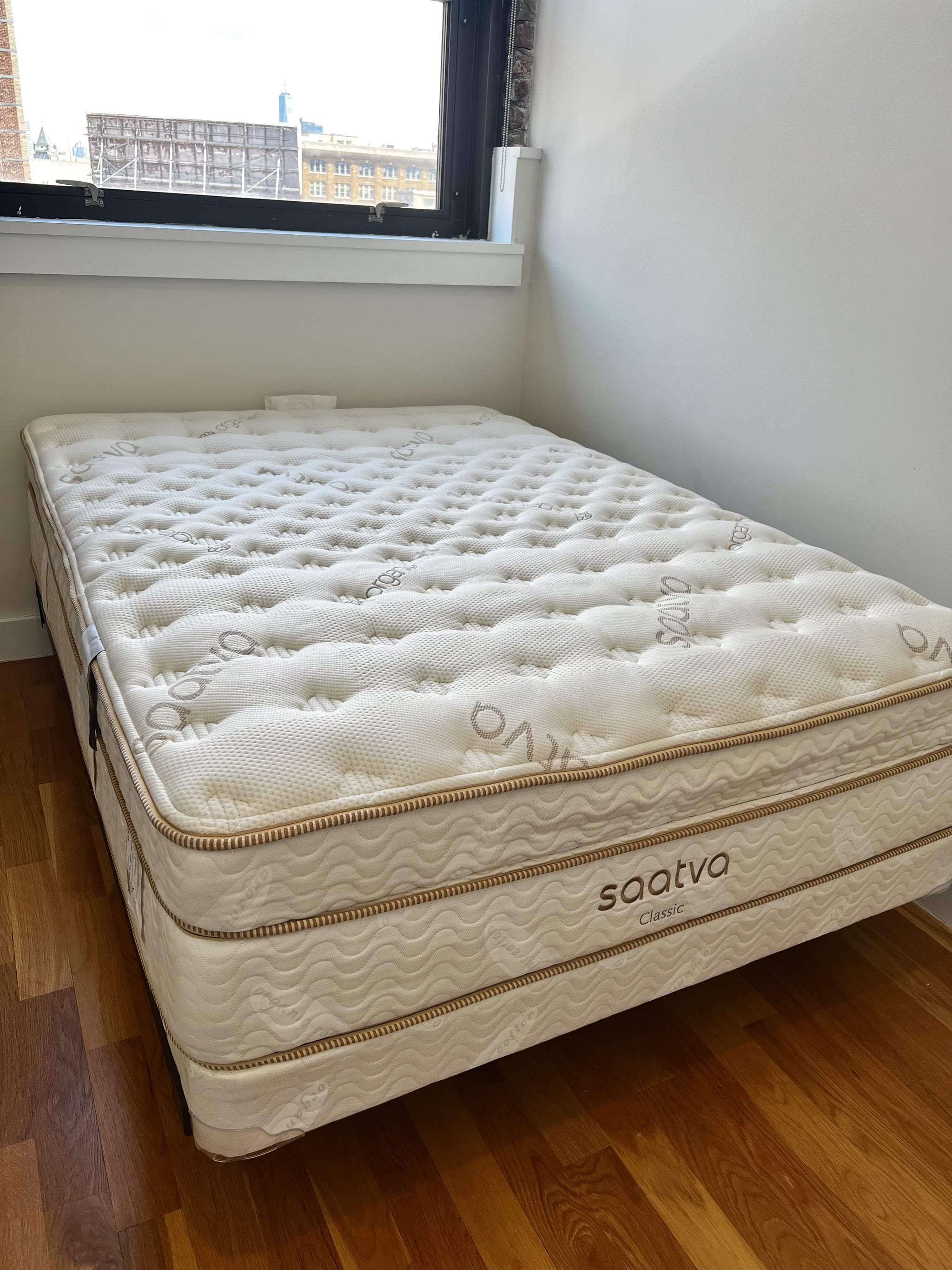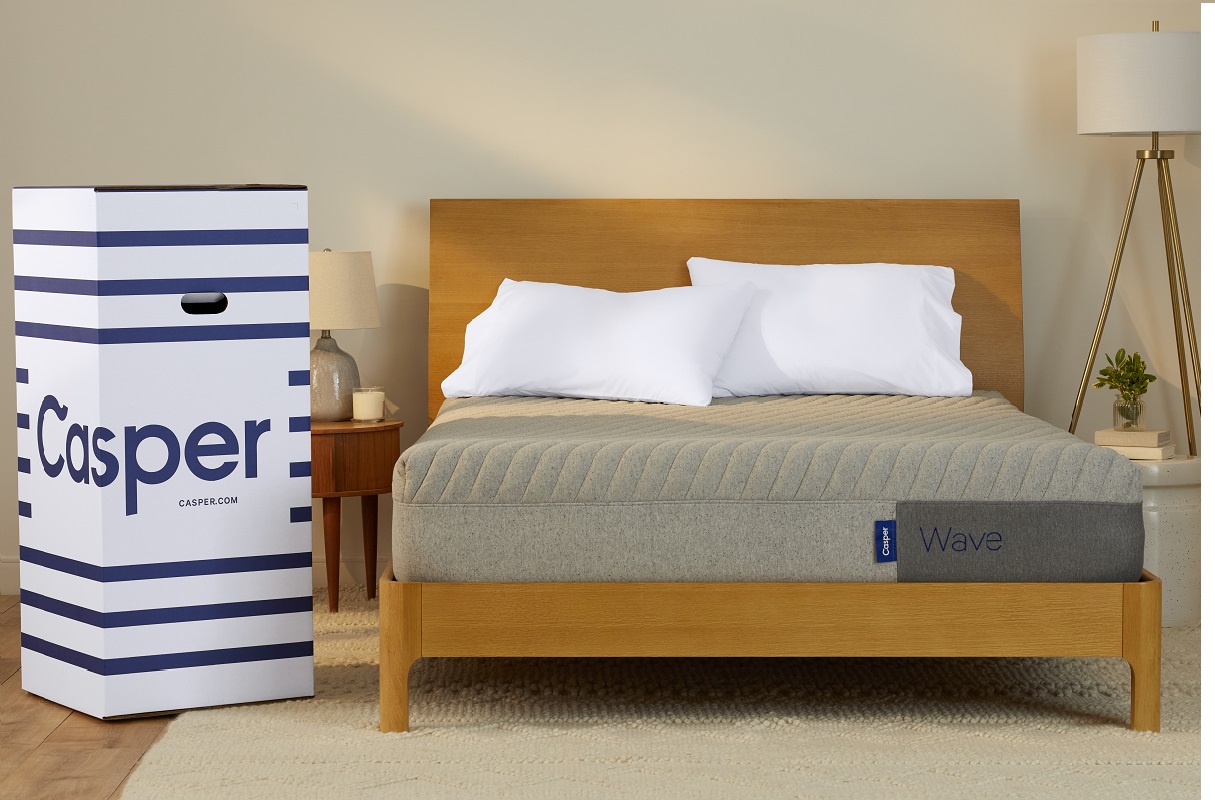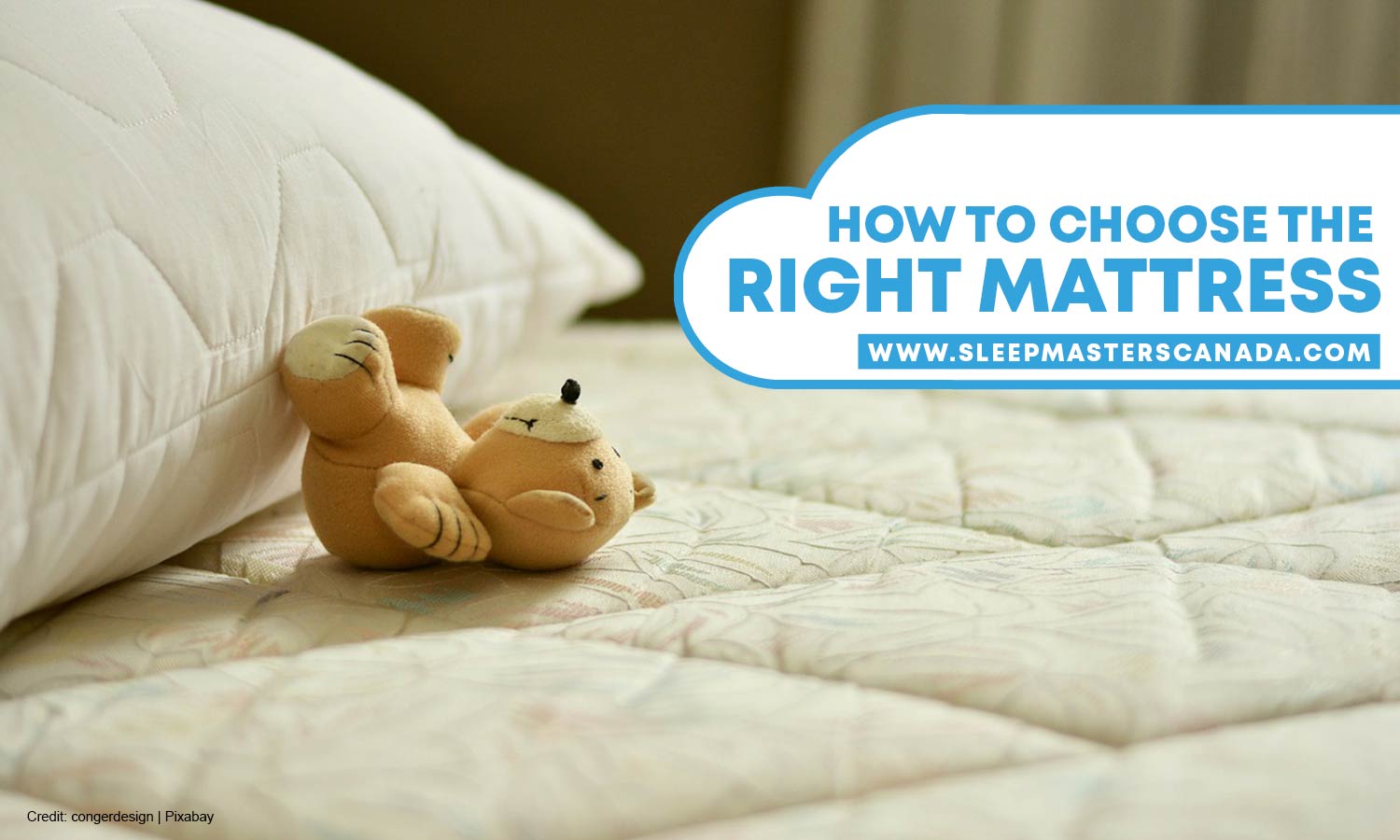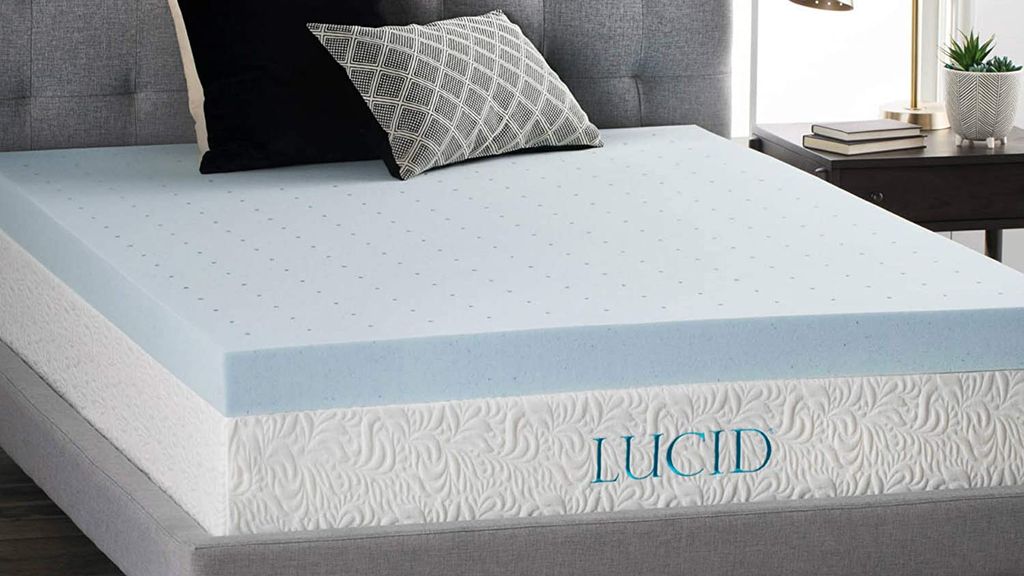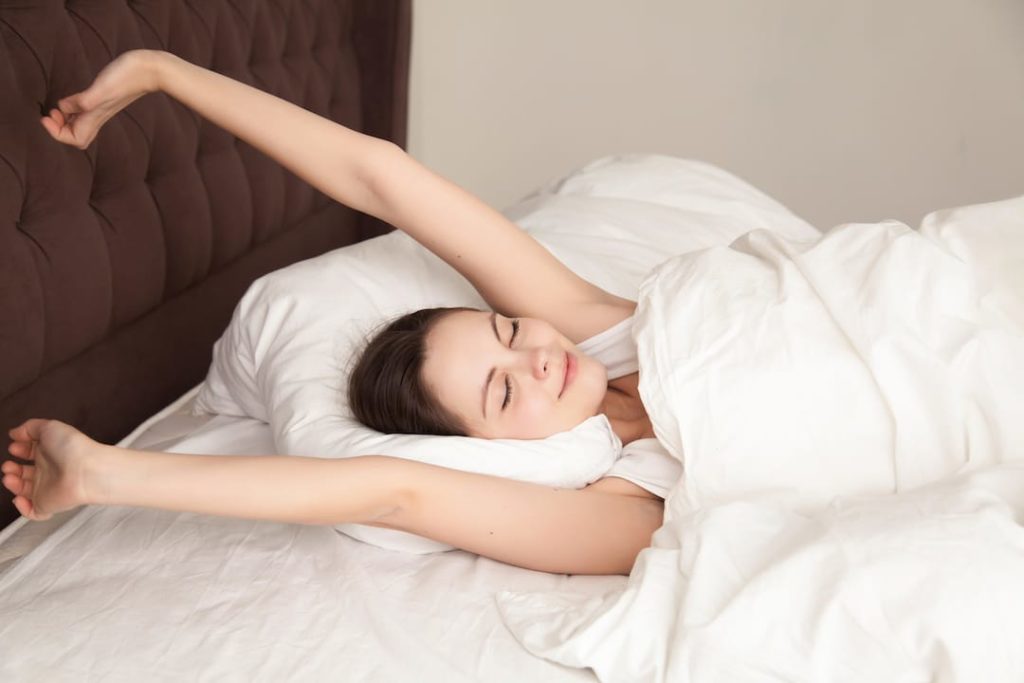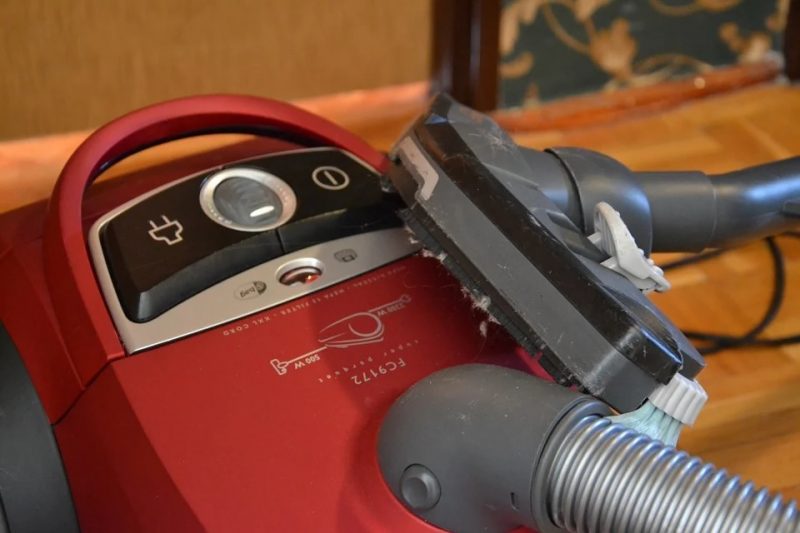Mattress pads are a great way to protect your mattress and extend its lifespan. But just like your sheets and blankets, they need to be washed regularly to keep them clean and fresh. So, how exactly do you wash a mattress pad? The first step is to check the care label on your mattress pad. Most can be washed in a standard washing machine, but some may require special care. If your mattress pad is made of delicate materials like silk or wool, it may need to be hand-washed or dry cleaned. Next, remove any sheets or bedding from your mattress and take off the mattress pad. If your mattress pad has a fitted skirt, make sure to tuck it under the corners of your mattress to keep it secure during washing. Before washing, it's a good idea to pre-treat any stains on the mattress pad. You can use a stain remover or a mixture of water and laundry detergent. Gently rub the solution into the stain and let it sit for a few minutes before washing. Now it's time to wash your mattress pad. Use a mild detergent and wash on a gentle or delicate cycle with cold water. This will help prevent any shrinkage or damage to the materials. If your mattress pad is heavily soiled, you may want to add an extra rinse cycle to ensure all the detergent is washed out. Once the wash cycle is complete, it's important to dry your mattress pad properly. Most can be tumble dried on a low heat setting, but again, check the care label to be sure. You can also hang your mattress pad to air dry if you prefer. After the mattress pad is completely dry, you can put it back on your bed and enjoy a clean and fresh night's sleep!1. How to Wash a Mattress Pad
When it comes to cleaning your mattress pad, the best method is to follow the manufacturer's instructions. But there are a few general tips that can help keep your mattress pad in top condition. First, make sure to wash your mattress pad separately from other bedding. This will prevent any lint or debris from getting trapped in the fabric. It's also a good idea to wash your mattress pad every few months, or more often if you have allergies or pets that sleep on your bed. This will help remove any dust, allergens, and sweat that can build up over time. If you have a waterproof mattress pad, it's important to follow the care instructions carefully. Some may need to be air dried or dried on a low heat setting to maintain their waterproof barrier. Lastly, always make sure your mattress pad is completely dry before putting it back on your bed. This will prevent any mold or mildew from forming and ensure your mattress pad stays fresh and clean.2. The Best Way to Clean a Mattress Pad
Yes, most mattress pads can be washed in a standard washing machine. However, it's important to check the care label first to make sure your specific mattress pad can be washed in a machine. Some mattress pads may require special care, such as hand-washing or dry cleaning. If this is the case, it's best to follow the manufacturer's instructions to avoid damaging the materials. For machine-washable mattress pads, it's important to use a gentle or delicate cycle with cold water. This will help prevent any shrinkage or damage to the materials. If your mattress pad is heavily soiled, you may want to add an extra rinse cycle to ensure all the detergent is washed out. And always make sure your mattress pad is completely dry before putting it back on your bed.3. Can You Put a Mattress Pad in the Washing Machine?
Washing and drying a mattress pad may seem like a simple task, but there are a few tips that can help ensure your mattress pad comes out clean and fresh every time. First, always check the care label on your mattress pad before washing. This will give you specific instructions for your particular product. When washing, use a gentle or delicate cycle with cold water to prevent any damage to the materials. It's also a good idea to pre-treat any stains before washing. For drying, it's best to use a low heat setting or air dry your mattress pad. This will prevent any shrinkage or damage to the materials. Make sure your mattress pad is completely dry before putting it back on your bed. Lastly, avoid using harsh chemicals or bleach when washing your mattress pad. These can damage the materials and reduce its lifespan.4. Tips for Washing and Drying a Mattress Pad
The frequency of washing your mattress pad depends on several factors, such as allergies, pets, and personal preference. However, a general rule of thumb is to wash your mattress pad every few months. If you have allergies or pets that sleep on your bed, you may want to wash your mattress pad more often to remove any dust, allergens, and pet hair that can accumulate over time. It's also a good idea to wash your mattress pad after any spills or accidents to prevent stains and odors from setting in. Overall, regularly washing your mattress pad will help keep it clean and fresh, and extend its lifespan.5. How Often Should You Wash Your Mattress Pad?
A washable mattress pad offers many benefits for your bed and overall sleep experience. Here are a few reasons why you should consider using one: Protects your mattress: A washable mattress pad acts as a barrier between your body and your mattress, protecting it from spills, stains, and sweat. Extends the lifespan of your mattress: By protecting your mattress, a washable mattress pad can help extend its lifespan and save you money in the long run. Easy to clean: Unlike a mattress, a washable mattress pad can easily be removed and washed in a standard washing machine, making it a convenient option for maintaining a clean and fresh sleep surface. Comfort and support: Some mattress pads come with added features like extra padding or cooling technology, providing additional comfort and support for a better night's sleep.6. The Benefits of Using a Washable Mattress Pad
Accidents happen, and sometimes our mattress pads can get stained. But don't worry, here's how you can remove common stains from your mattress pad: Food and drink stains: Mix equal parts of water and white vinegar and apply to the stain. Let it sit for a few minutes before blotting the area with a clean cloth. Blood stains: Mix a small amount of hydrogen peroxide with liquid dish soap and apply to the stain. Let it sit for 5-10 minutes before blotting with a clean cloth. Urine stains: Mix equal parts of water and hydrogen peroxide and apply to the stain. Let it sit for 5-10 minutes before blotting with a clean cloth. Sweat stains: Mix a small amount of baking soda with water to form a paste. Apply to the stain and let it sit for 30 minutes before washing. Remember to always check the care label on your mattress pad before using any cleaning solutions to avoid damaging the materials.7. How to Remove Stains from a Mattress Pad
Mattress pads and mattress toppers are often used interchangeably, but they serve different purposes and offer different benefits. A mattress pad is a thin layer of padding that goes on top of your mattress to protect it and provide a bit of extra comfort. It's typically fitted with a skirt to keep it in place. A mattress topper, on the other hand, is a thicker layer of padding that goes on top of your mattress to provide extra cushioning and support. It's not usually fitted and can be easily removed and replaced. Both can be beneficial for your sleep, but it's important to choose the right one for your needs and preferences.8. The Difference Between a Mattress Pad and a Mattress Topper
With so many options available, it can be overwhelming to choose the right mattress pad for your bed. Here are a few things to consider when making your decision: Material: Mattress pads come in a variety of materials, from cotton to memory foam. Consider what type of material will best suit your needs and preferences. Size: Make sure to choose a mattress pad that fits your bed properly. Most come in standard sizes, but it's always a good idea to double-check the dimensions. Features: Some mattress pads come with additional features like cooling technology or extra padding. Consider what features would benefit you the most. Budget: Mattress pads can range in price, so it's important to have a budget in mind before making your purchase. Remember, a higher price doesn't always mean better quality.9. How to Choose the Right Mattress Pad for Your Bed
Keeping your mattress pad clean is not only important for maintaining a fresh and comfortable sleep surface, but it can also have a significant impact on your health and well-being. Regularly washing your mattress pad can help remove dust, allergens, and sweat, which can trigger allergies and affect your sleep quality. It can also help prevent the buildup of bacteria and mold, which can cause health issues and unpleasant odors. By keeping your mattress pad clean, you're not only taking care of your sleep, but you're also taking care of your overall health and well-being.10. The Importance of Keeping Your Mattress Pad Clean
Why You Should Invest in a Washable Mattress Pad

The Importance of Keeping Your Mattress Clean
 Mattresses are an essential part of our daily lives
, providing us with a comfortable and supportive surface to sleep on. However,
they can also be a breeding ground for dirt, bacteria, and allergens
.
Over time, our mattresses collect dead skin cells, sweat, and dust mites
, which not only affect the overall cleanliness of our bedroom but can also cause health issues such as allergies and respiratory problems.
Mattresses are an essential part of our daily lives
, providing us with a comfortable and supportive surface to sleep on. However,
they can also be a breeding ground for dirt, bacteria, and allergens
.
Over time, our mattresses collect dead skin cells, sweat, and dust mites
, which not only affect the overall cleanliness of our bedroom but can also cause health issues such as allergies and respiratory problems.
The Convenience of Washable Mattress Pads
 Mattress pads
are a popular solution to keep our mattresses clean and prolong their lifespan. They act as a barrier between our bodies and the mattress,
absorbing sweat and other bodily fluids
to prevent them from seeping into the mattress.
However, not all mattress pads are created equal
. Some are not machine washable, which can be a hassle to clean and maintain. This is where washable mattress pads come in.
Mattress pads
are a popular solution to keep our mattresses clean and prolong their lifespan. They act as a barrier between our bodies and the mattress,
absorbing sweat and other bodily fluids
to prevent them from seeping into the mattress.
However, not all mattress pads are created equal
. Some are not machine washable, which can be a hassle to clean and maintain. This is where washable mattress pads come in.
The Benefits of Washable Mattress Pads
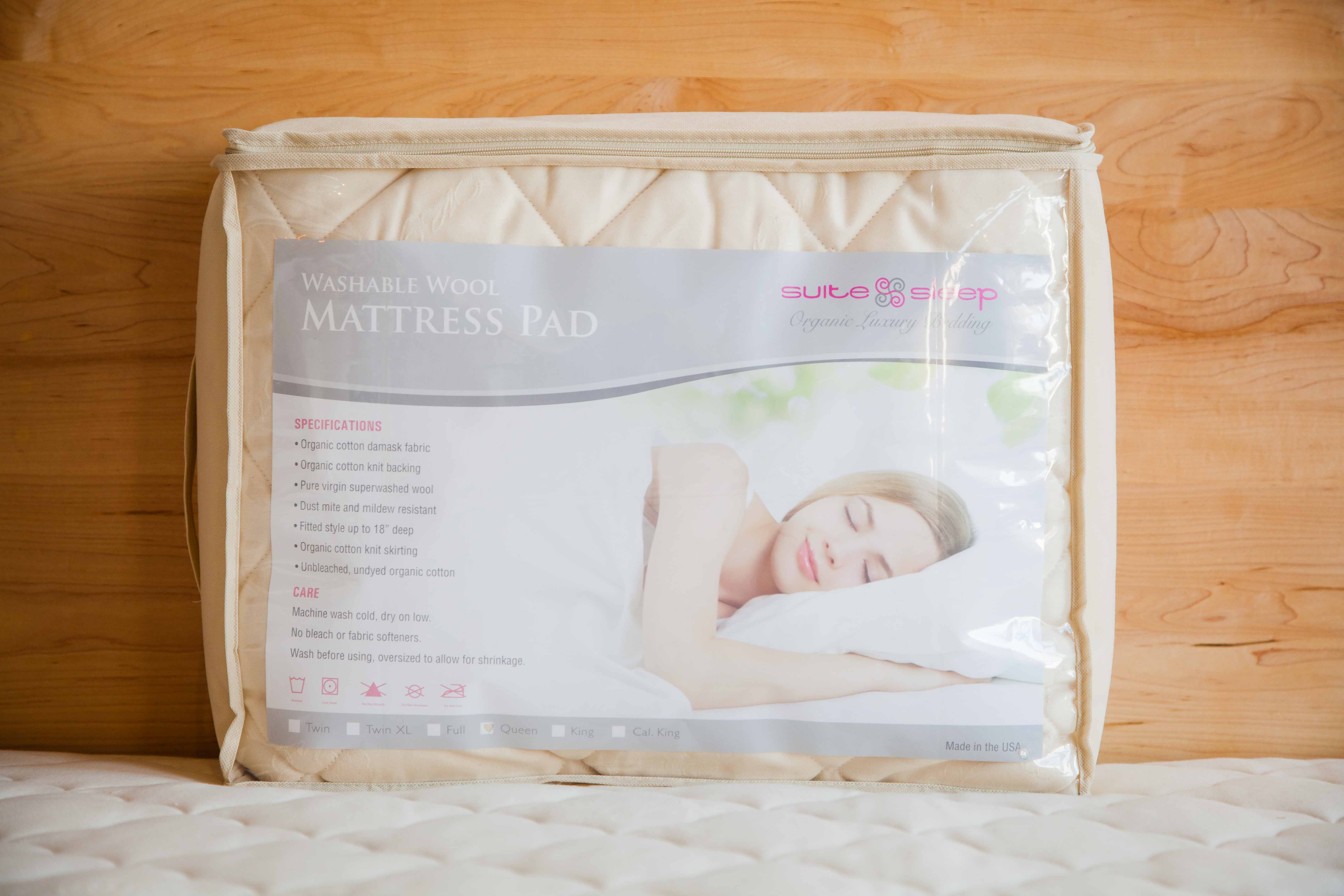 Washable mattress pads
are designed specifically for easy cleaning. They can be
easily removed and thrown in the washing machine
, making them a convenient option for busy individuals.
They are also more hygienic
as they can be washed regularly, preventing the buildup of bacteria and allergens on the mattress surface. This not only
improves the overall cleanliness of your mattress but also promotes a healthier sleep environment
.
Washable mattress pads
are designed specifically for easy cleaning. They can be
easily removed and thrown in the washing machine
, making them a convenient option for busy individuals.
They are also more hygienic
as they can be washed regularly, preventing the buildup of bacteria and allergens on the mattress surface. This not only
improves the overall cleanliness of your mattress but also promotes a healthier sleep environment
.
How to Properly Wash Your Mattress Pad
 When it comes to washing your mattress pad, it is important to follow the manufacturer's instructions
. This may include using a gentle cycle with cold water and a mild detergent.
Avoid using harsh chemicals or bleach as they can damage the fabric
. It is also recommended to
air dry the mattress pad instead of using a dryer
to prevent shrinking or damaging the fabric.
When it comes to washing your mattress pad, it is important to follow the manufacturer's instructions
. This may include using a gentle cycle with cold water and a mild detergent.
Avoid using harsh chemicals or bleach as they can damage the fabric
. It is also recommended to
air dry the mattress pad instead of using a dryer
to prevent shrinking or damaging the fabric.
In Conclusion
 Investing in a washable mattress pad is a smart choice for maintaining the cleanliness and hygiene of your mattress
. Not only is it a convenient option for cleaning, but it also helps to protect your mattress from dirt and bacteria, promoting a healthier sleep environment.
Make sure to properly care for and wash your mattress pad regularly to ensure its effectiveness and longevity
. With a washable mattress pad, you can rest easy knowing that your mattress is clean and hygienic.
Investing in a washable mattress pad is a smart choice for maintaining the cleanliness and hygiene of your mattress
. Not only is it a convenient option for cleaning, but it also helps to protect your mattress from dirt and bacteria, promoting a healthier sleep environment.
Make sure to properly care for and wash your mattress pad regularly to ensure its effectiveness and longevity
. With a washable mattress pad, you can rest easy knowing that your mattress is clean and hygienic.



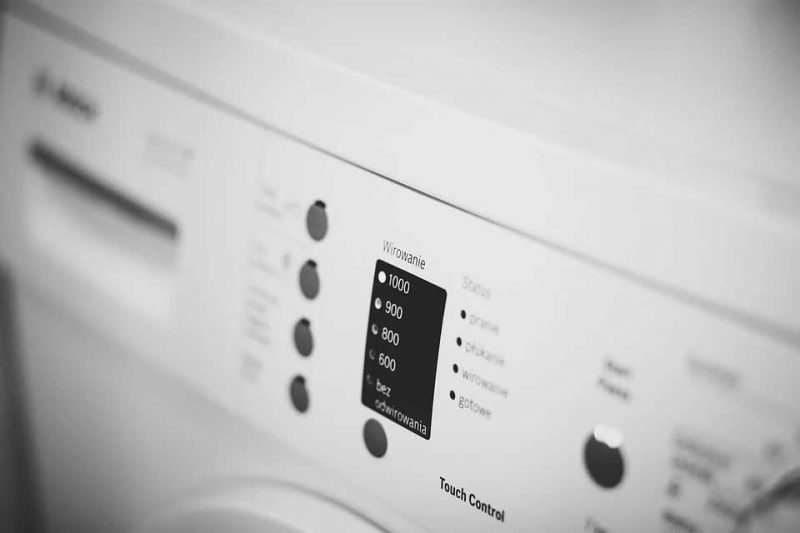

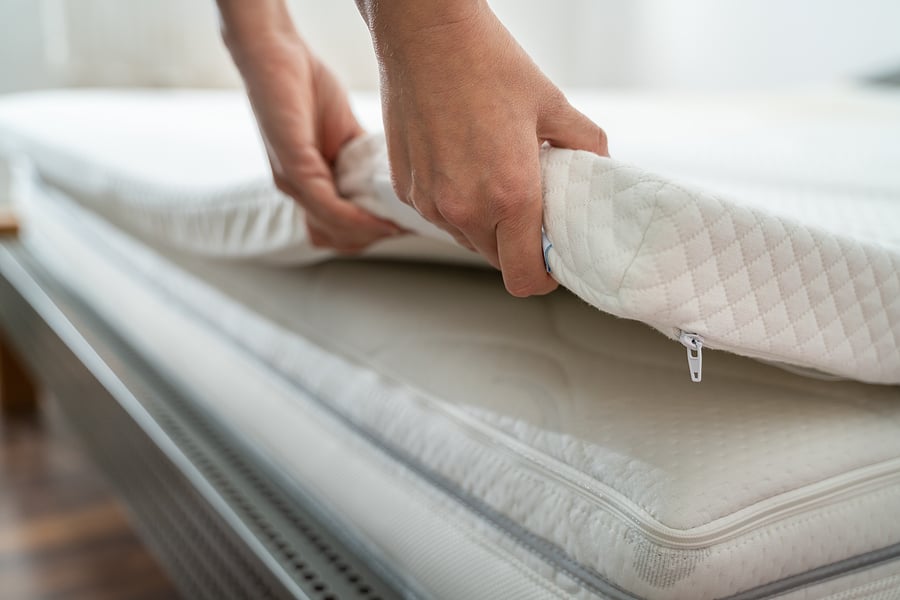

/wash-foam-mattress-pad-yoga-mat-2146355-Hero-1369cb5339dd4d27b13dd8310b0789d0.jpg)
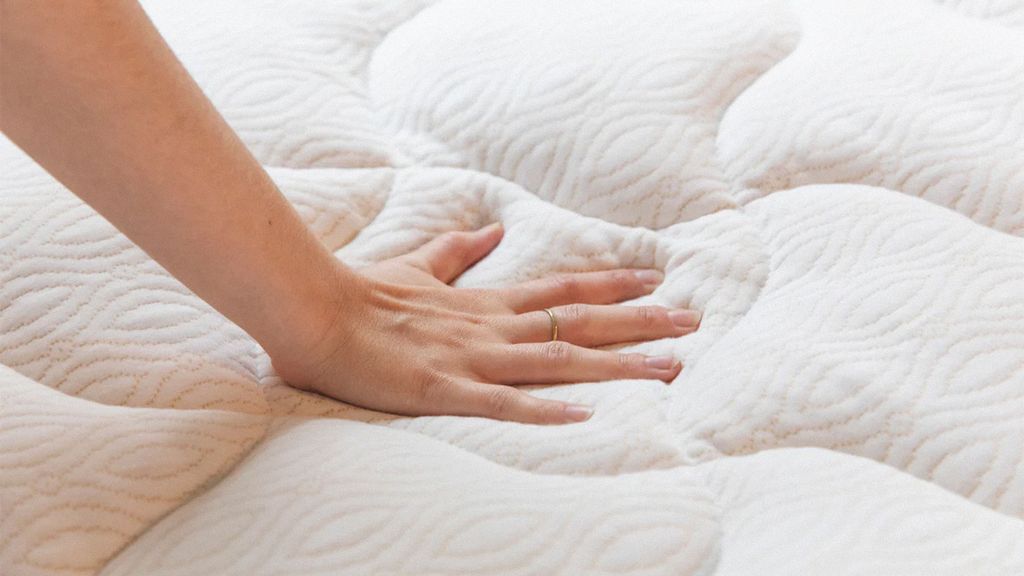







:max_bytes(150000):strip_icc()/clean-your-mattress-the-natural-way-350742-dd95404f7ac54f9b90f09045d9b4e98c.png)
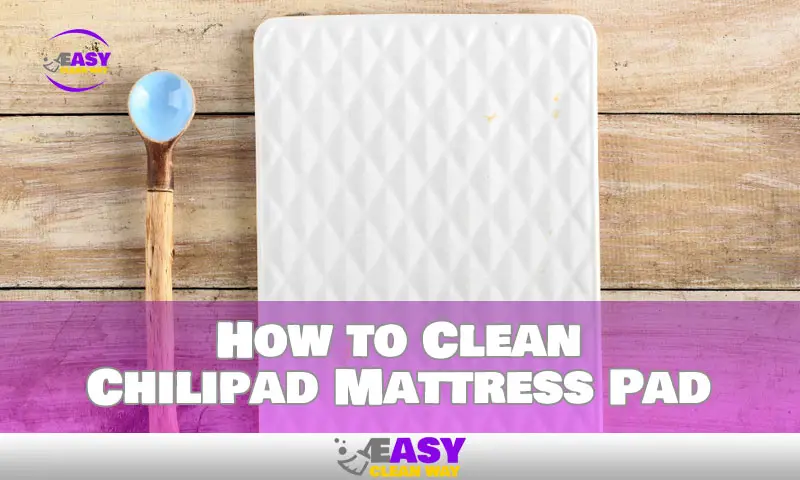
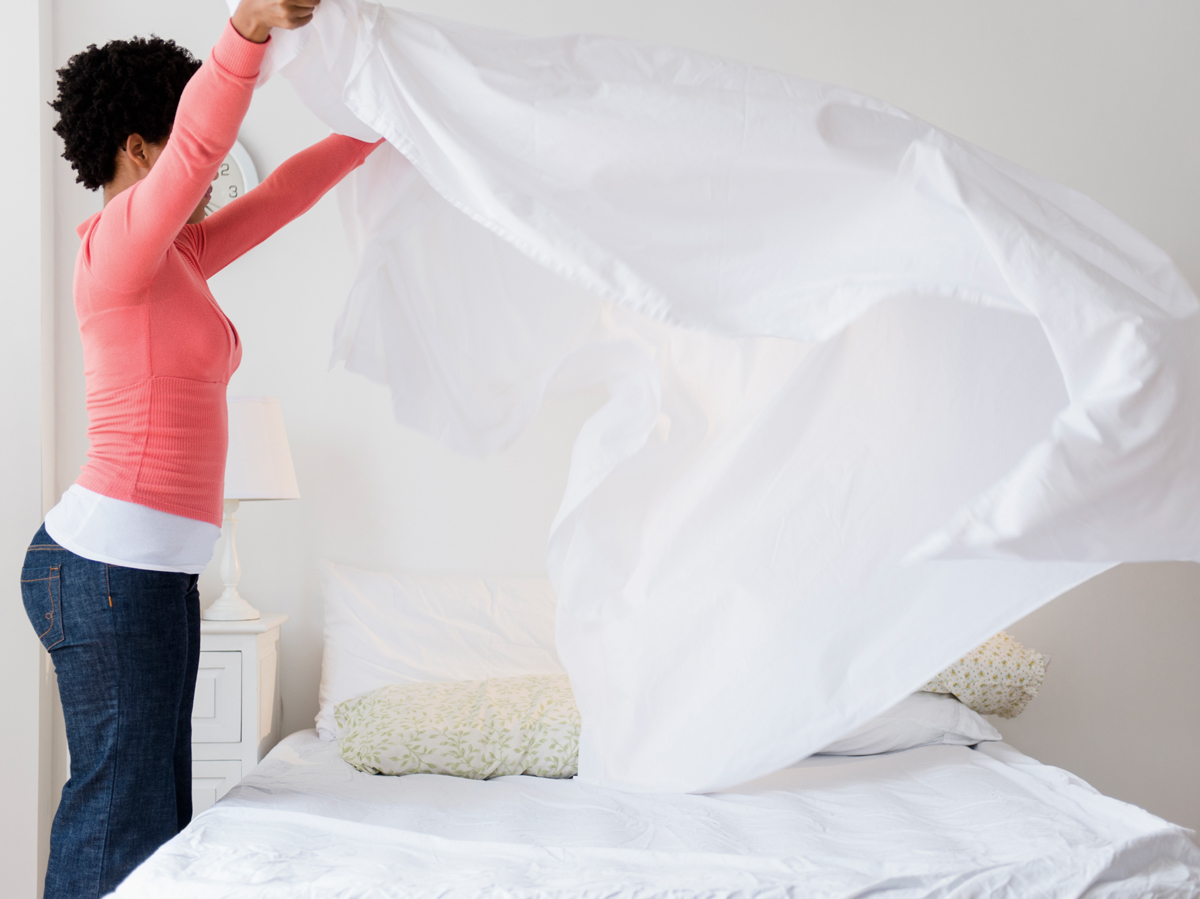
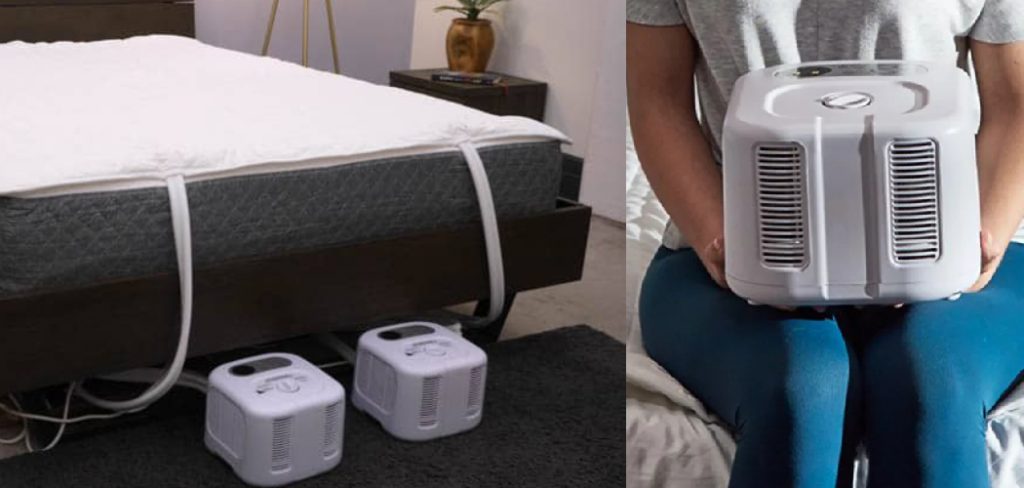
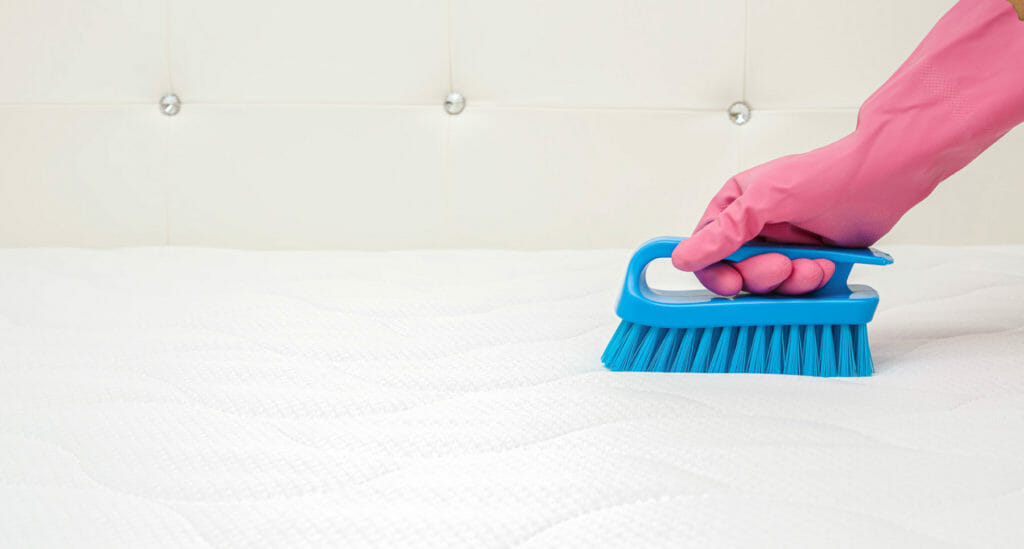
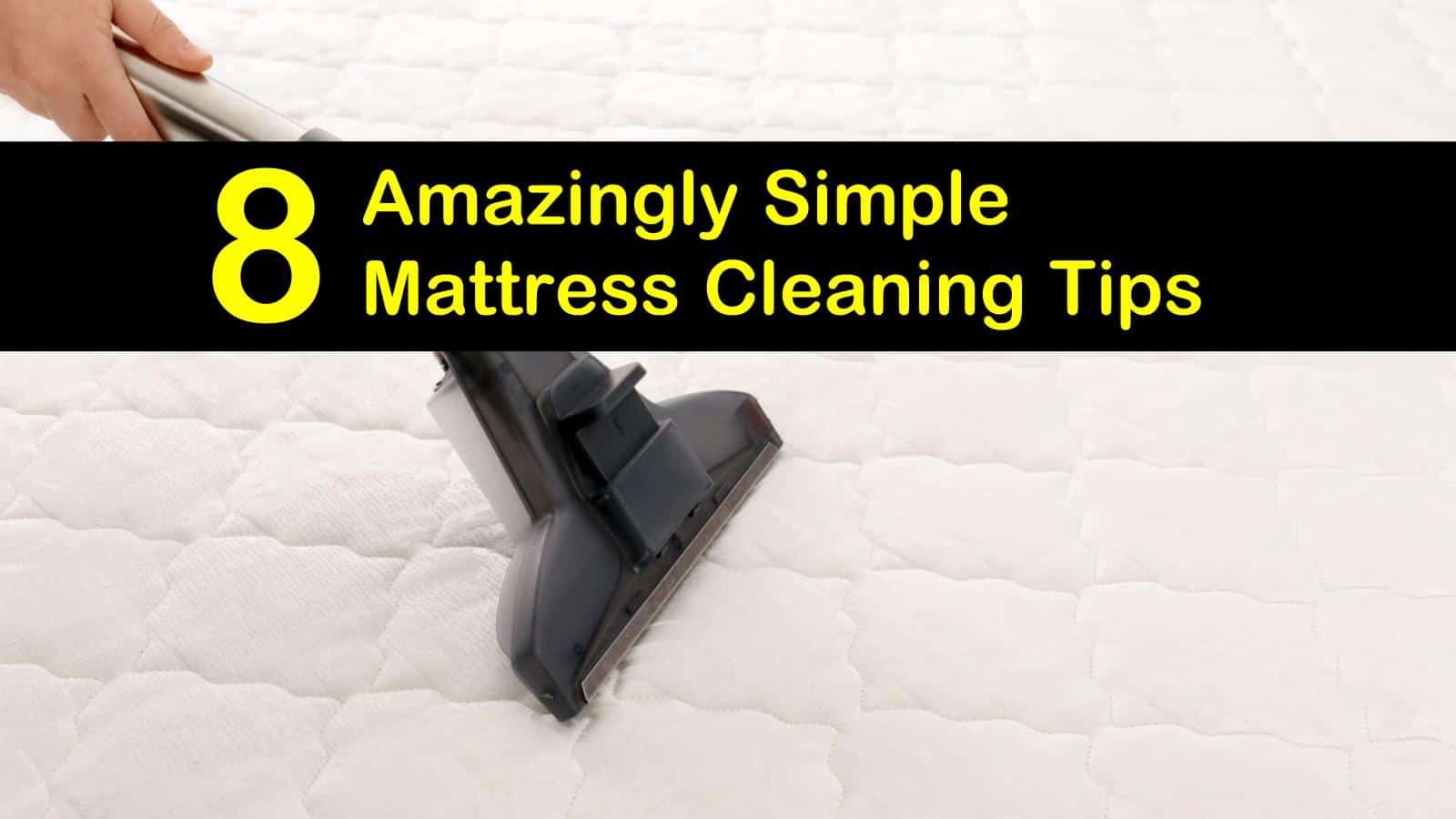

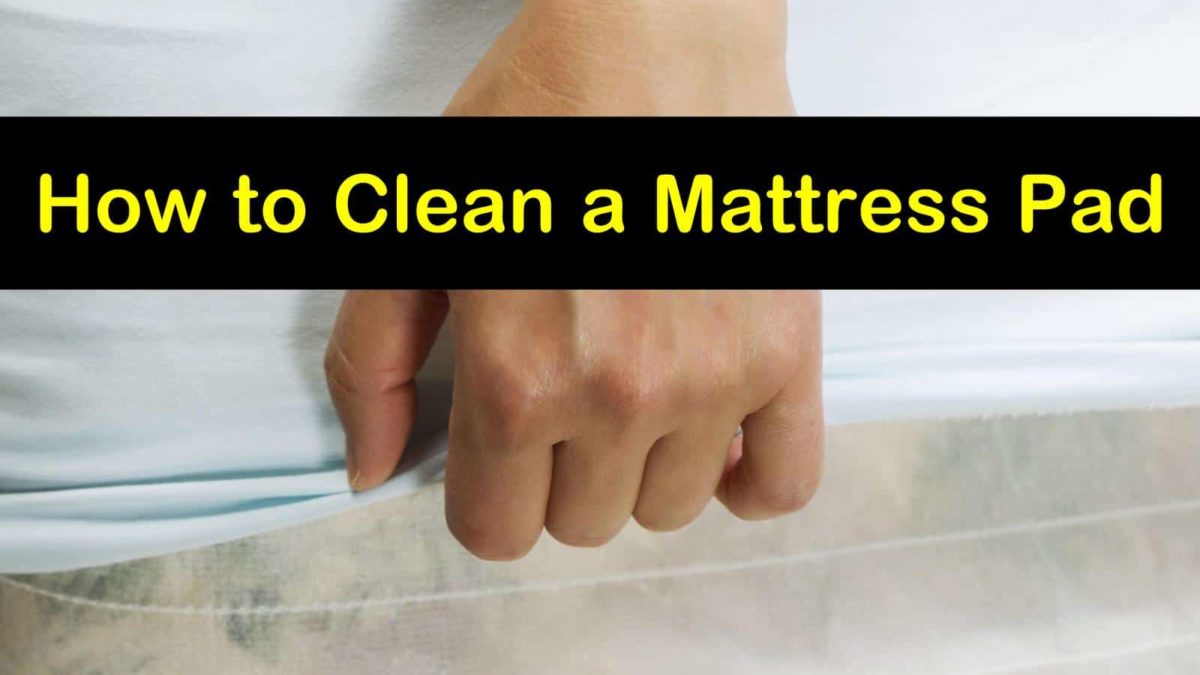




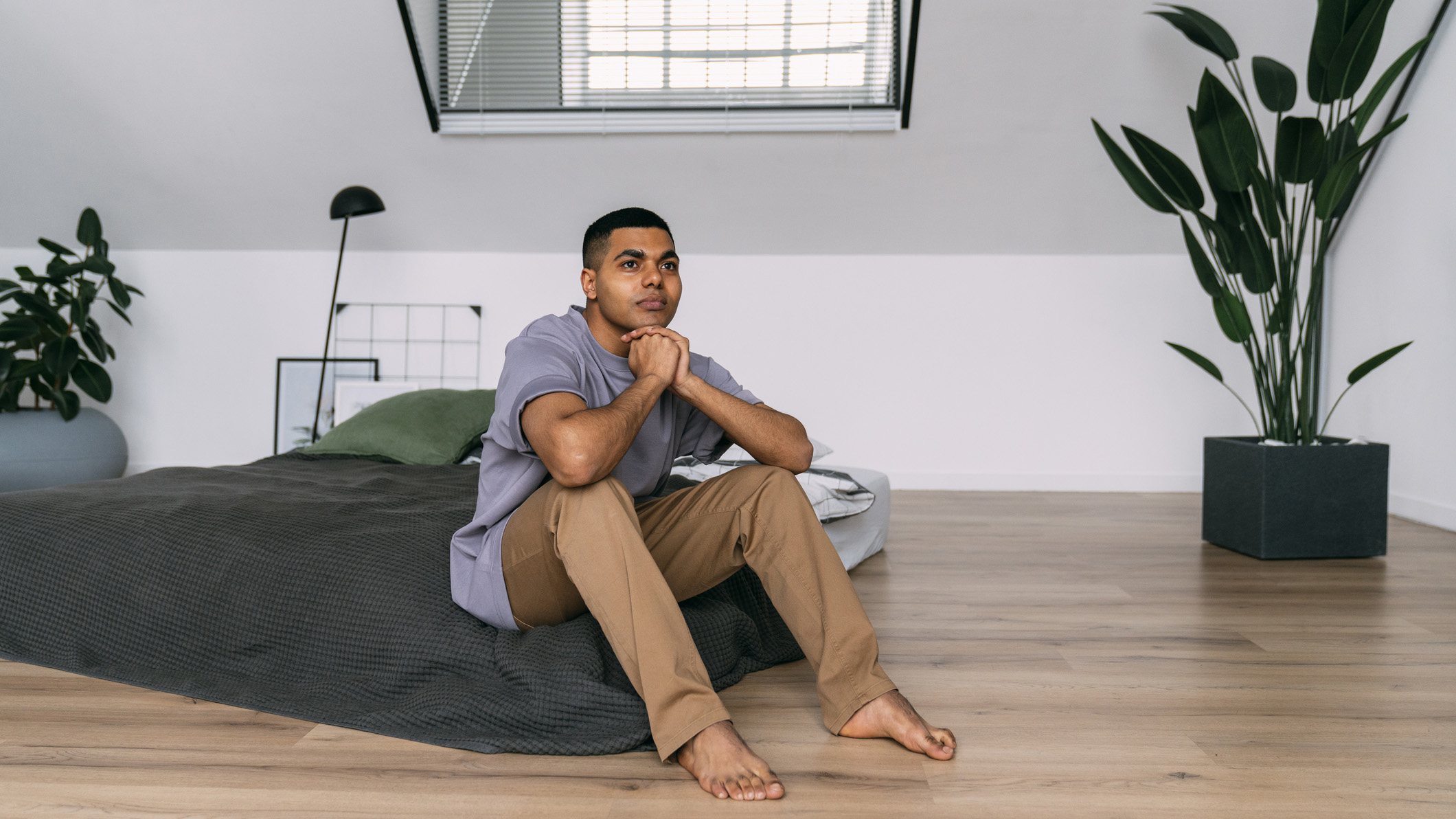





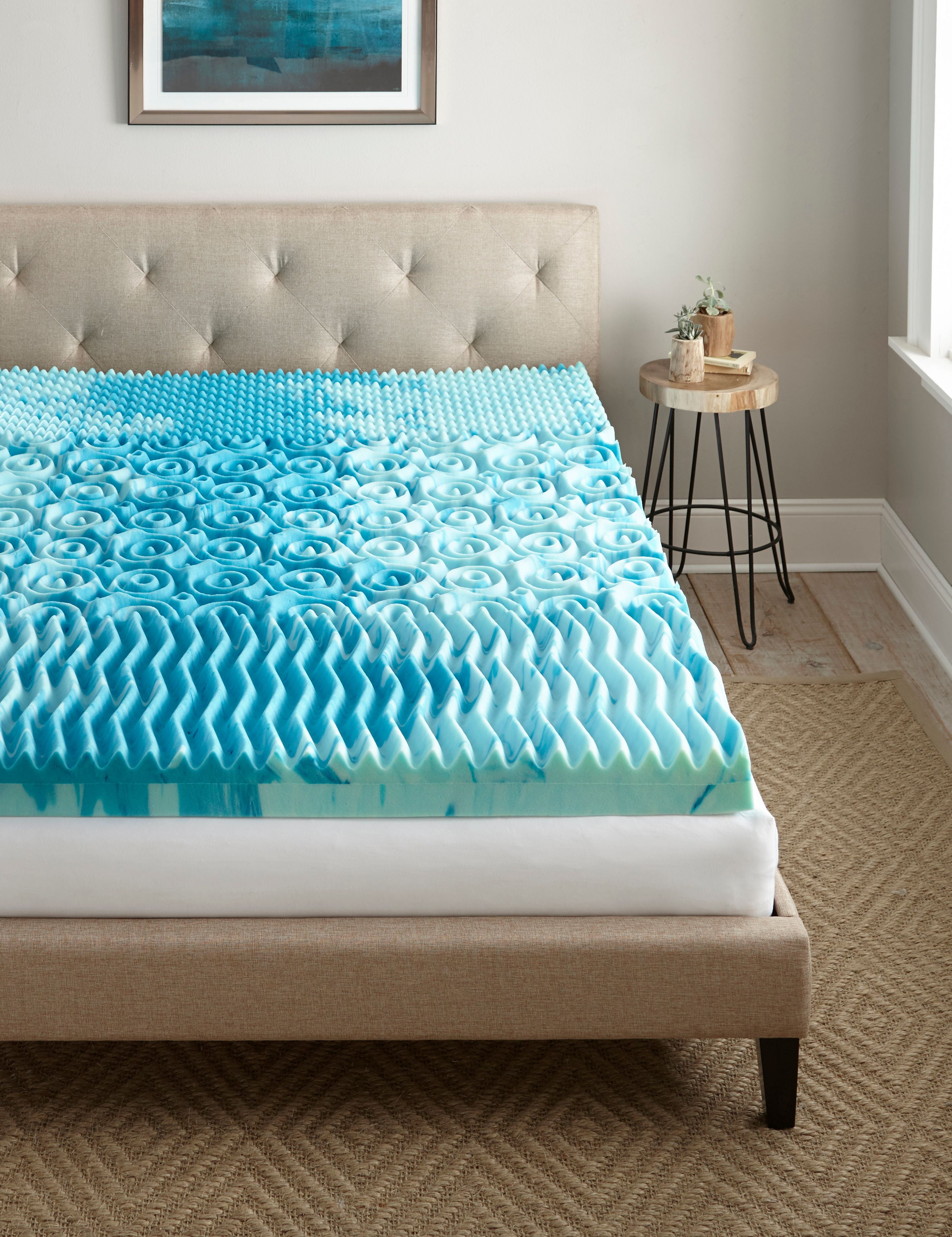

:max_bytes(150000):strip_icc()/bhg-heated-mattress-pads-test-reaks-queen-size-zoned-electric-amazon-hwortock-326-55e248c34a144ad7a62d78f5c320275a.jpg)
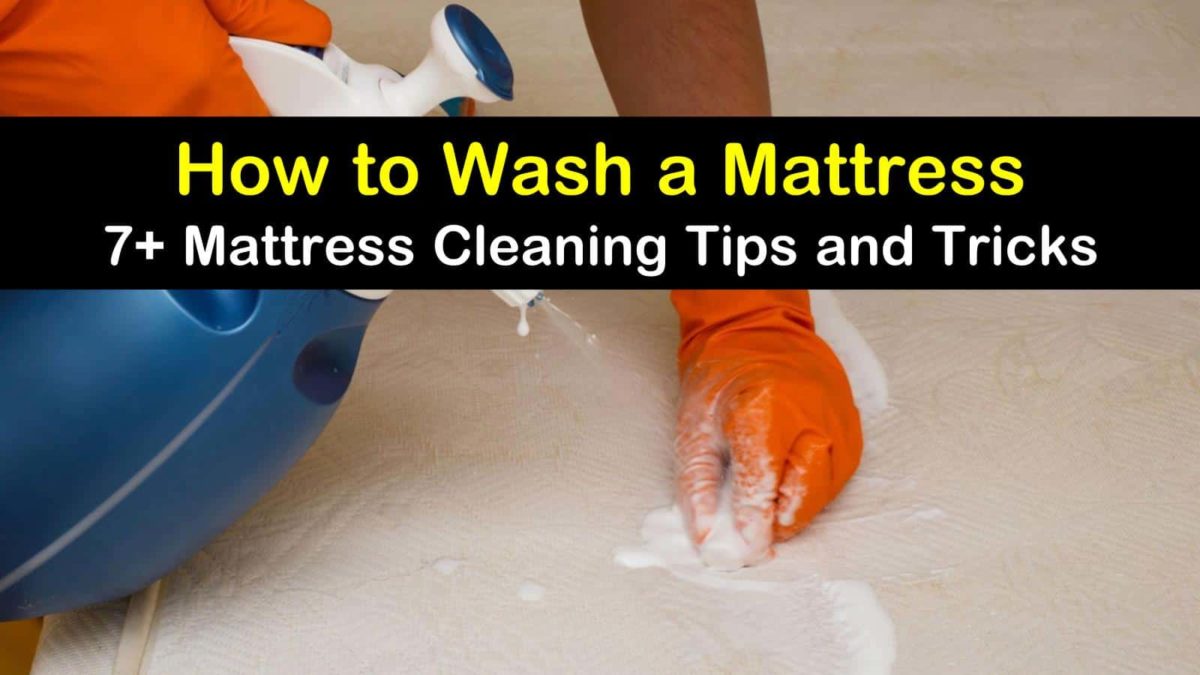

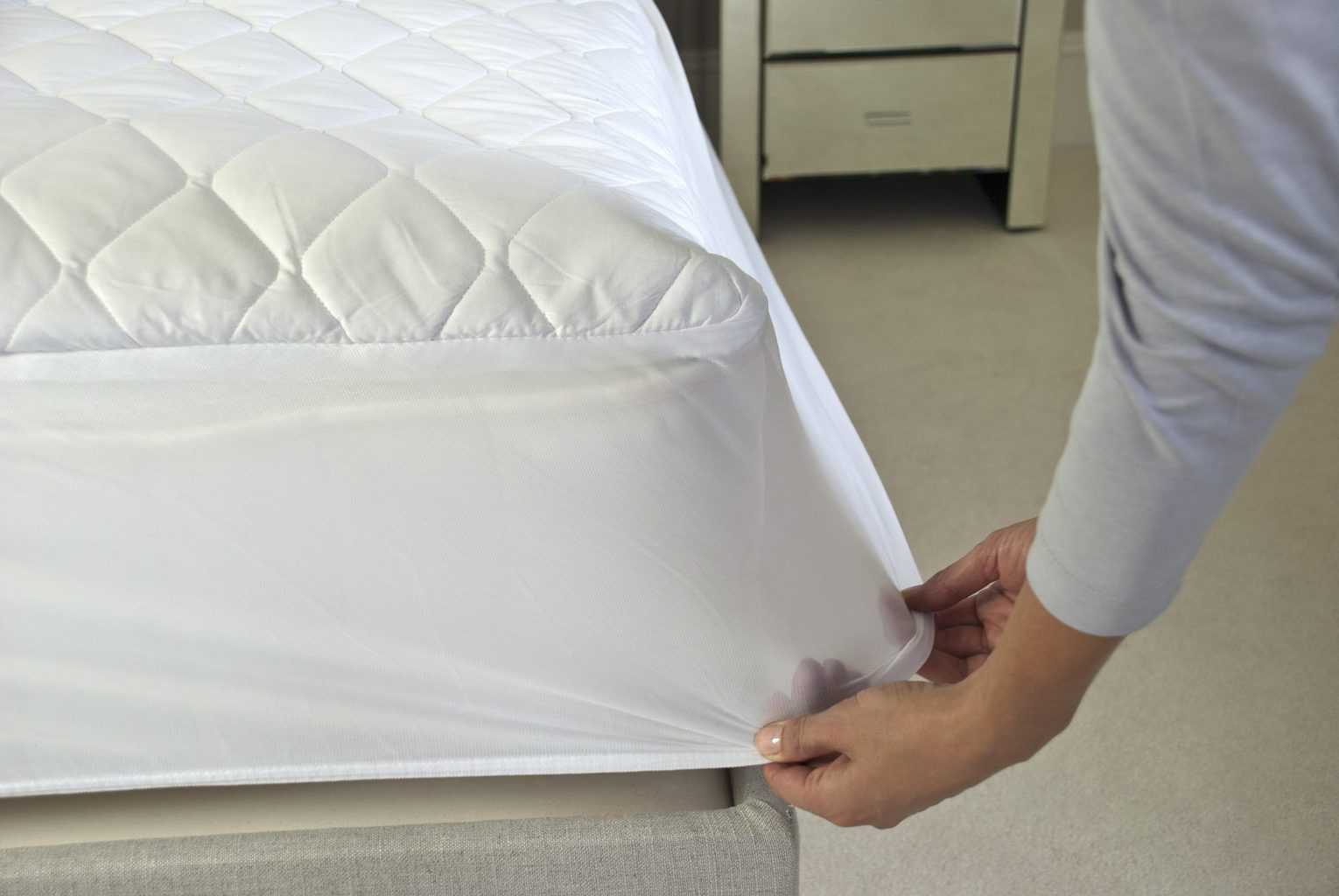
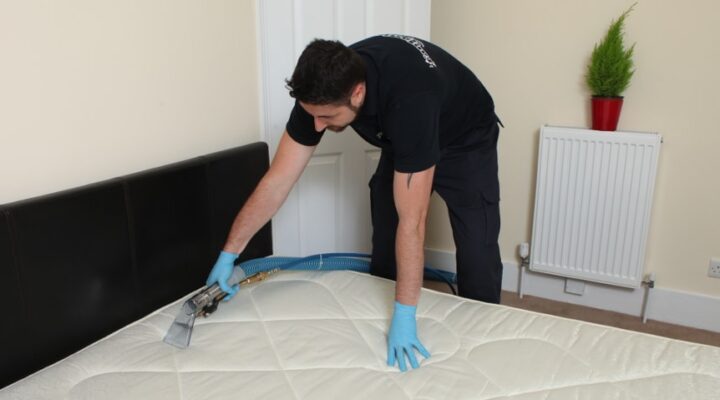


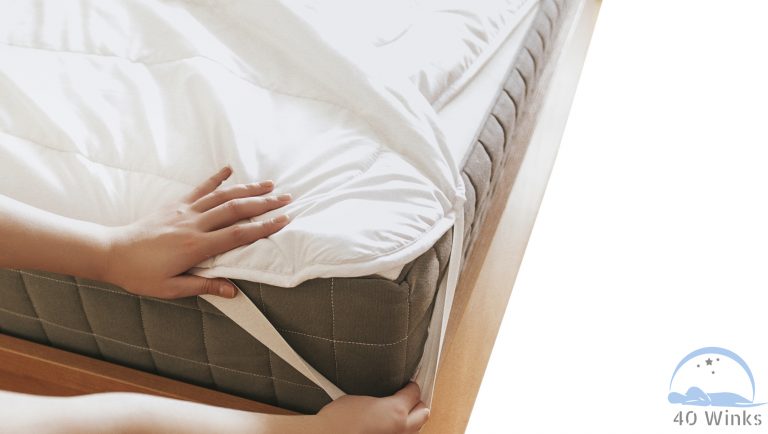

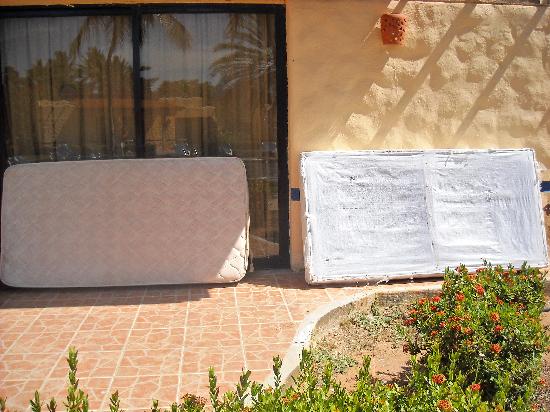


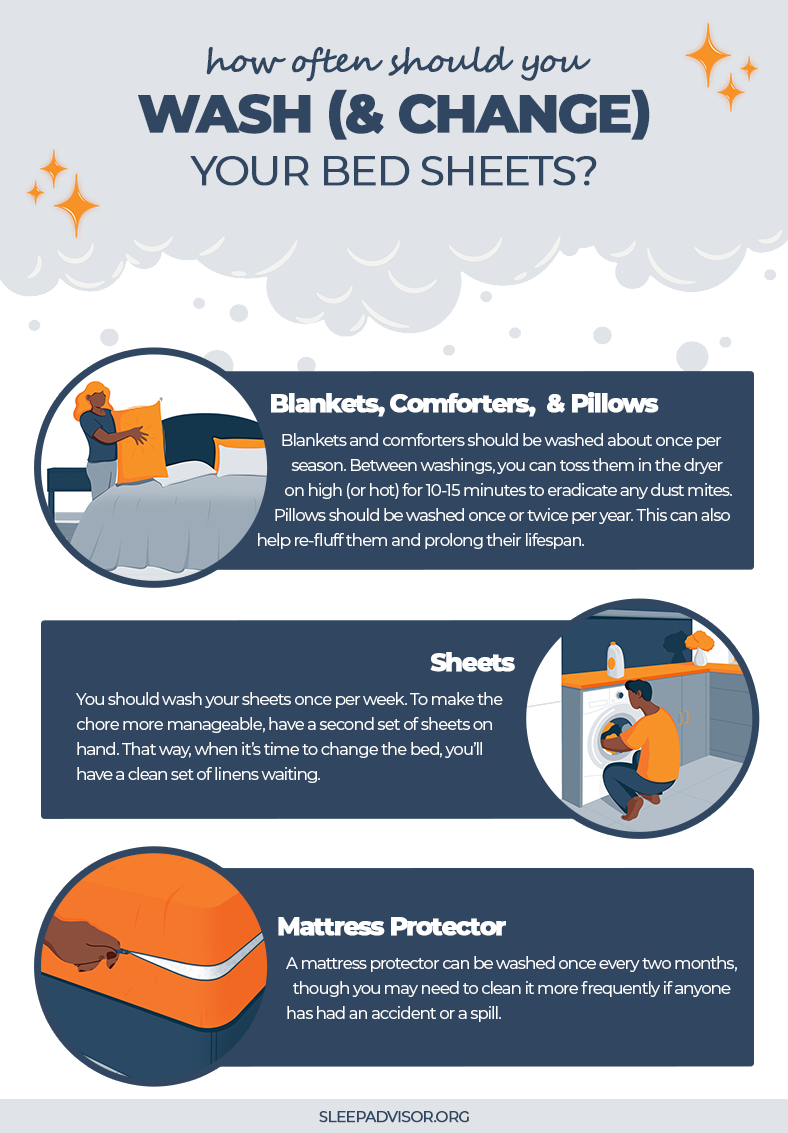
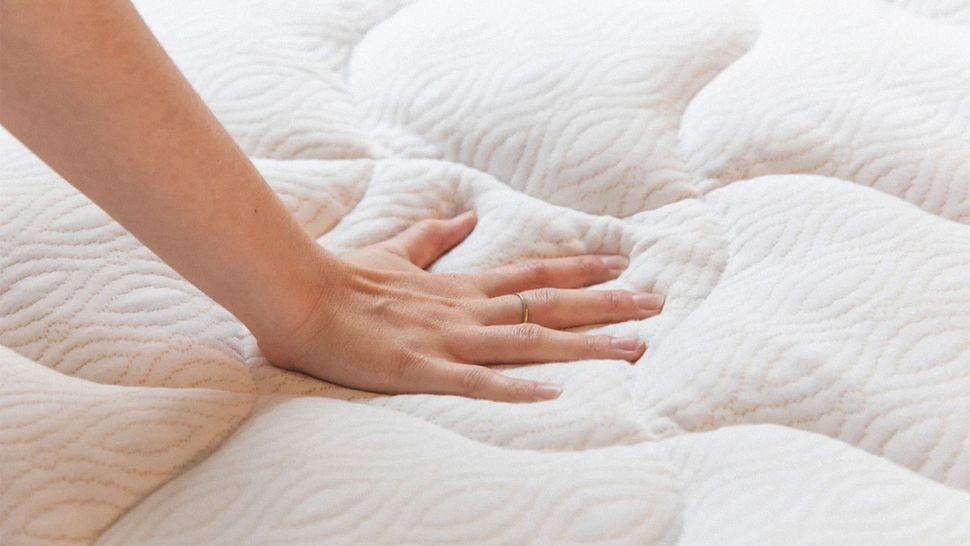
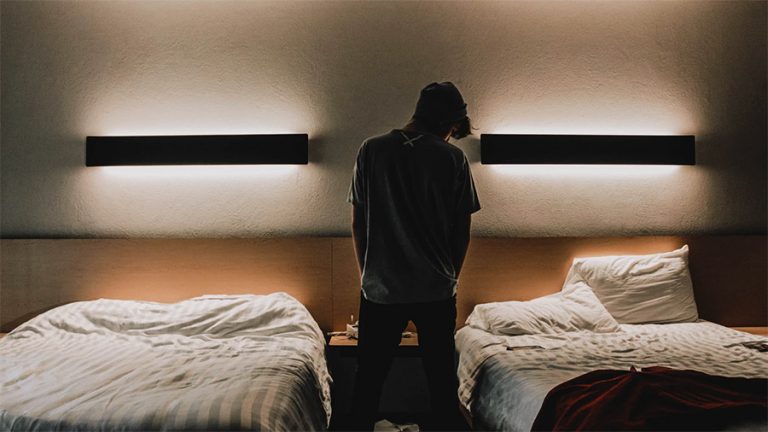


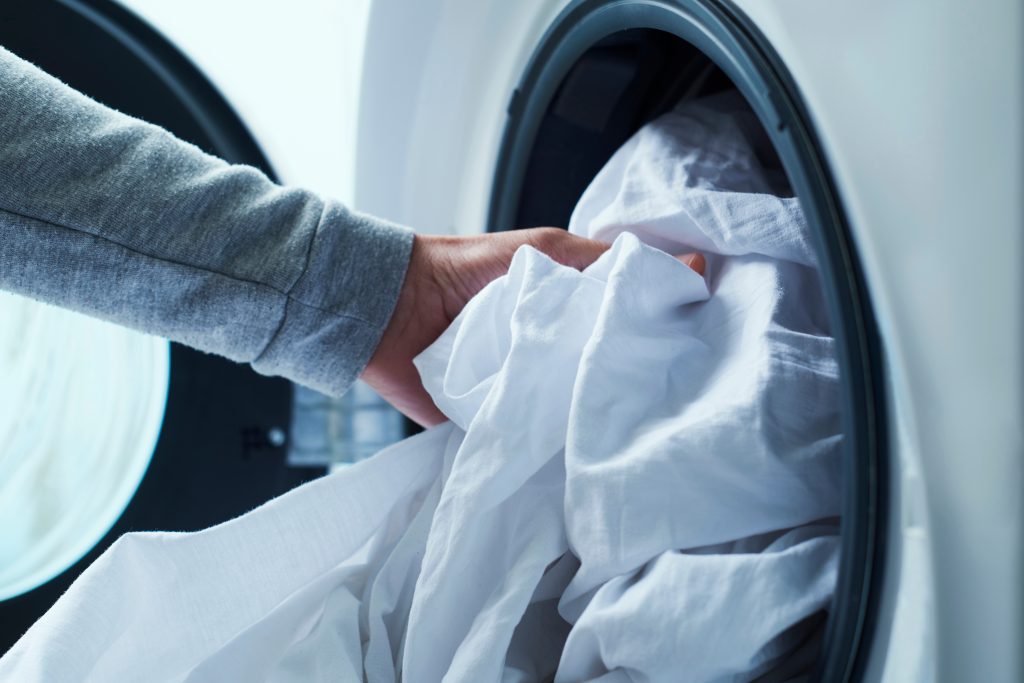

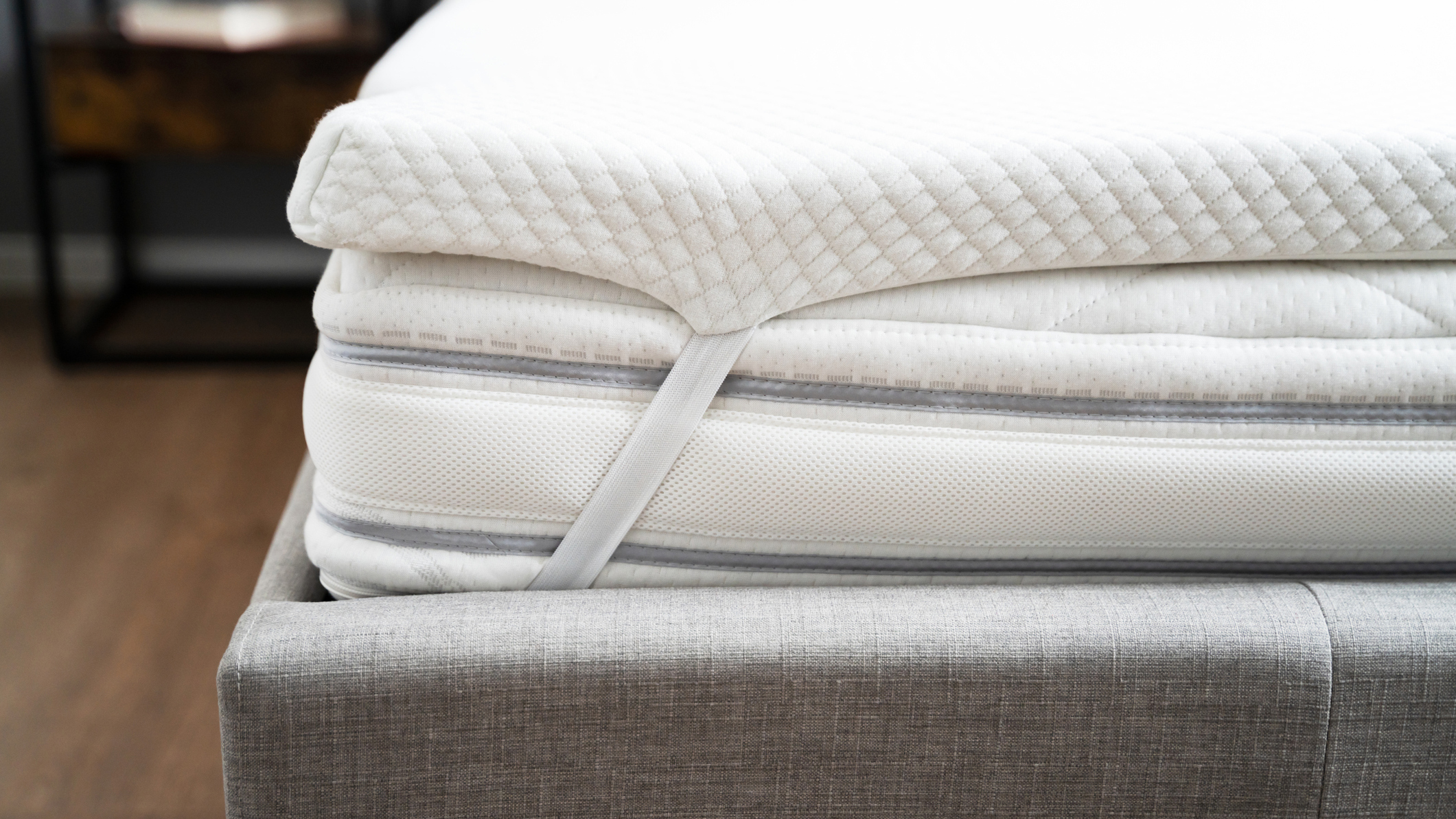






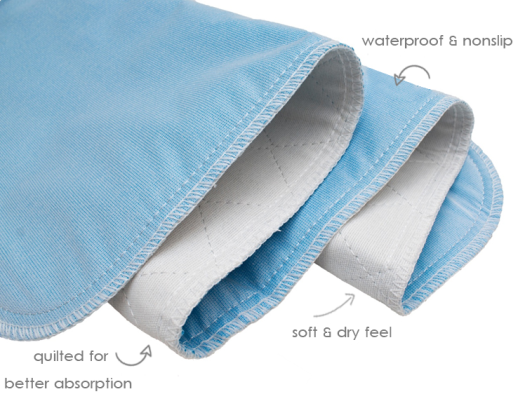









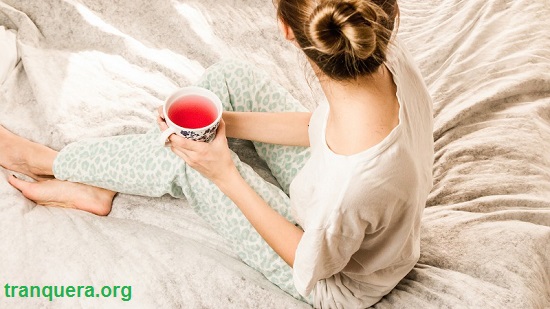
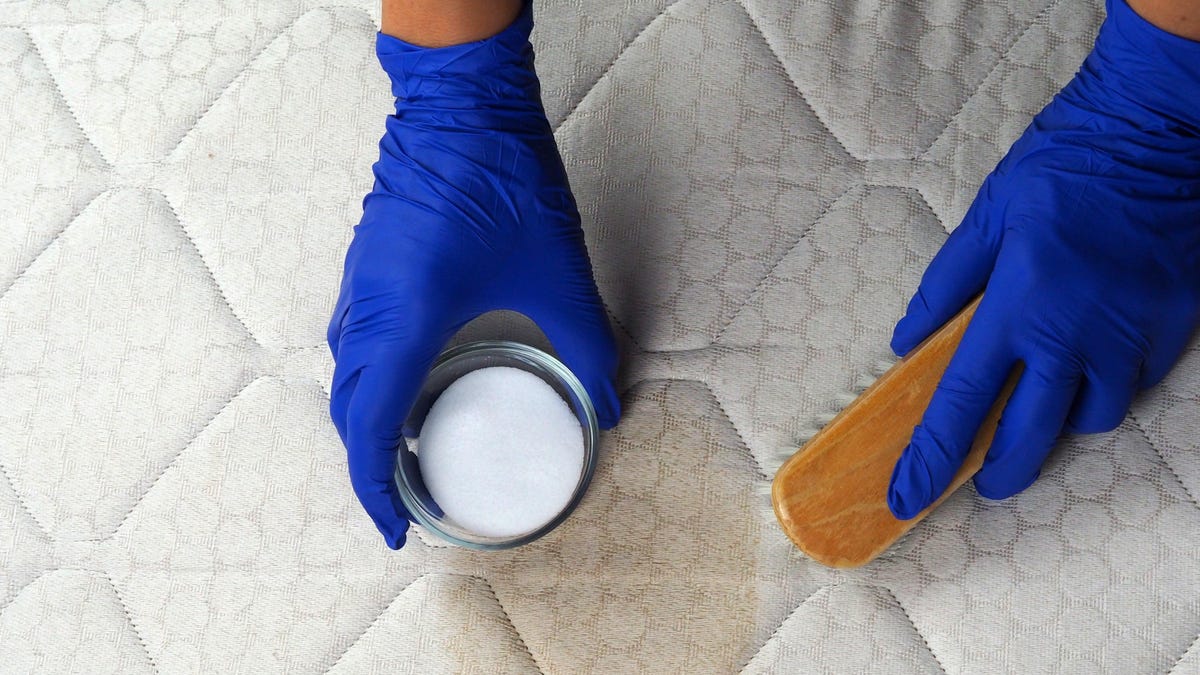
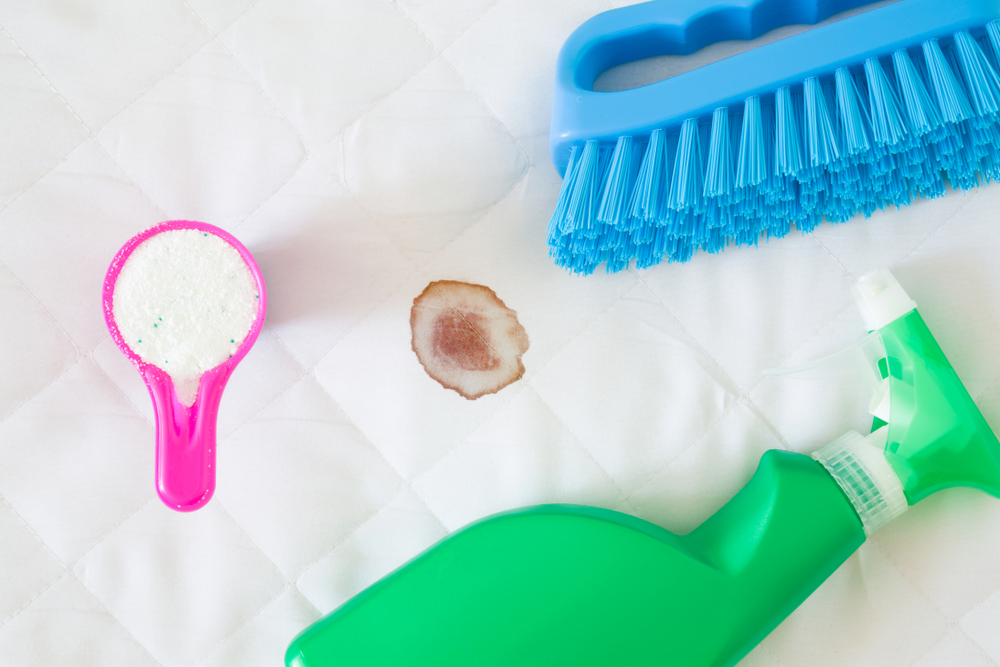

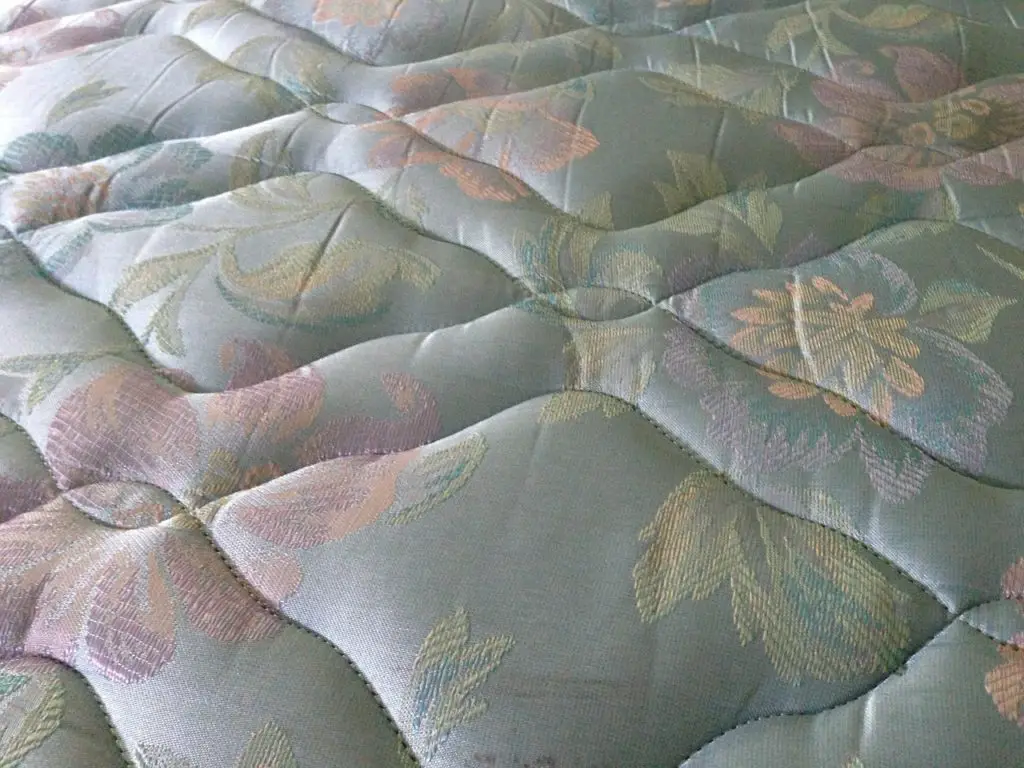

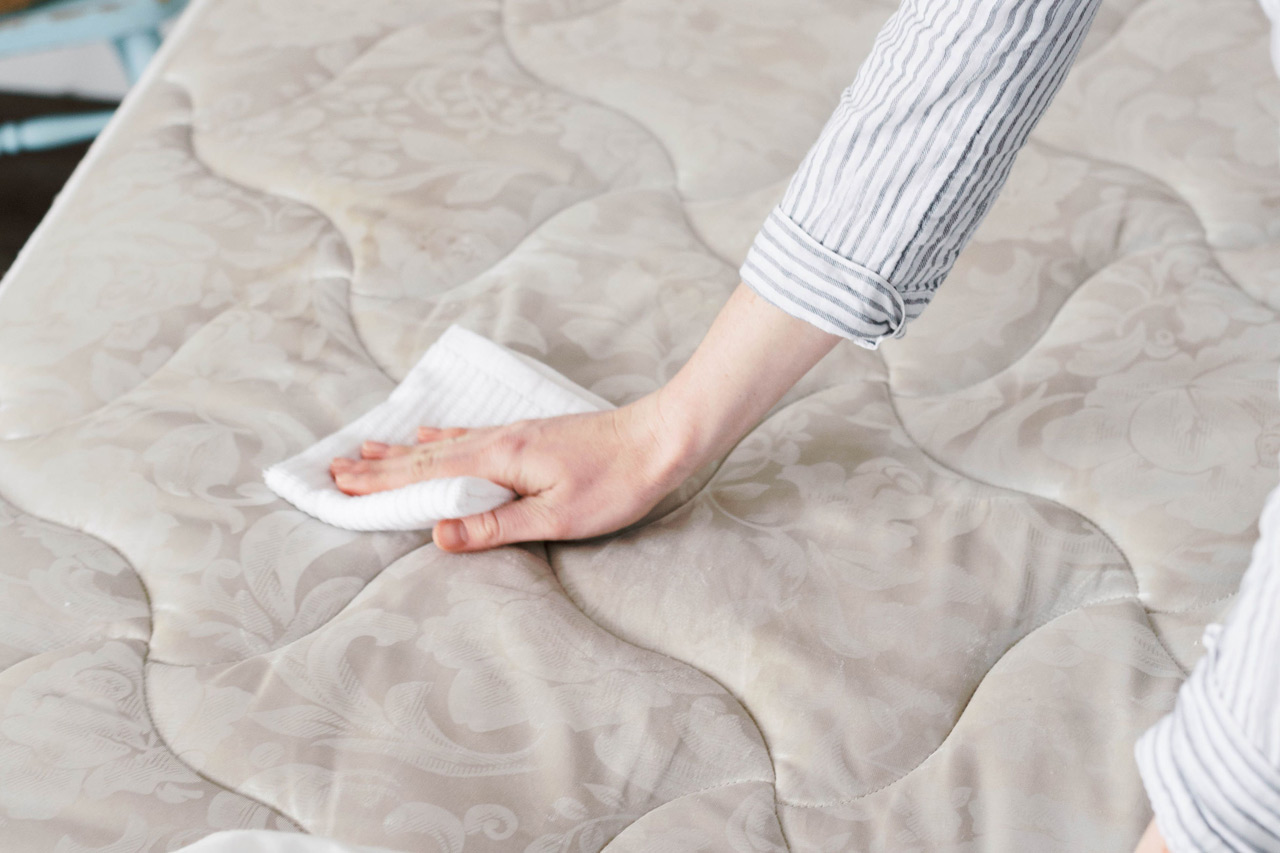

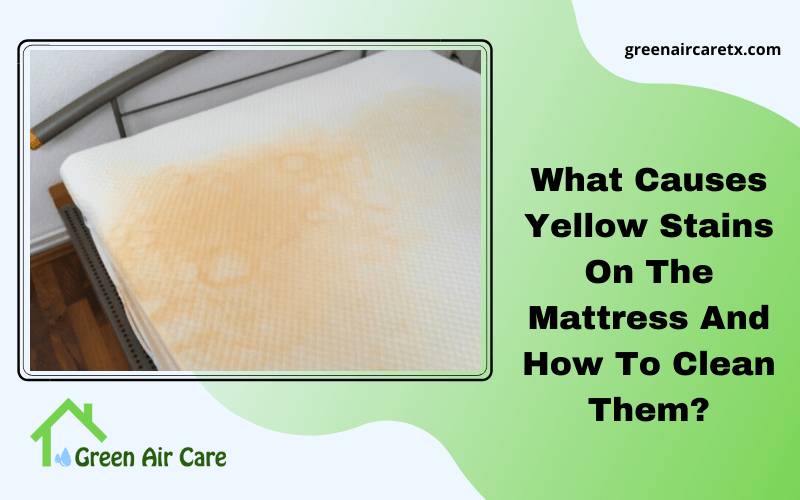




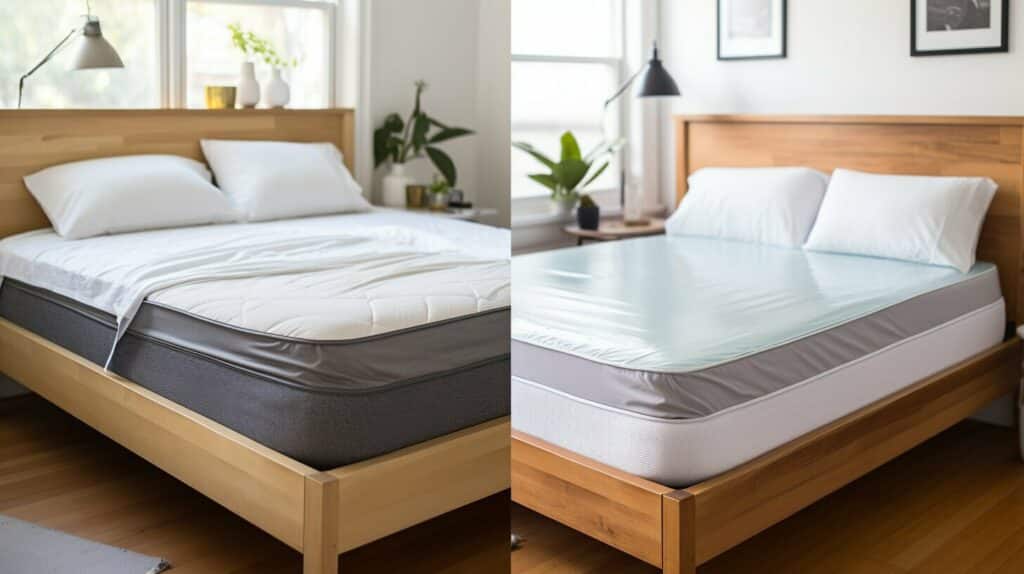
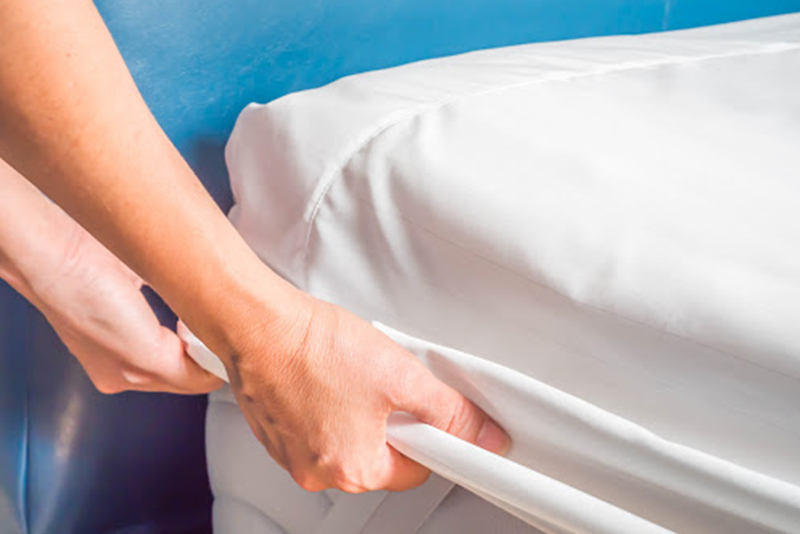


:max_bytes(150000):strip_icc()/GettyImages-1313279136-b8e3afc367784272842b148257950338.jpg)
